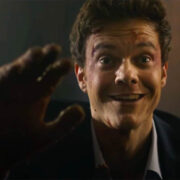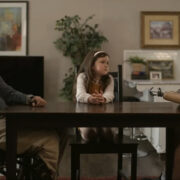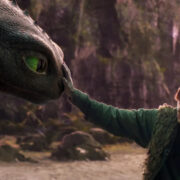OCD In Film: An Analysis Of MATCHSTICK MEN
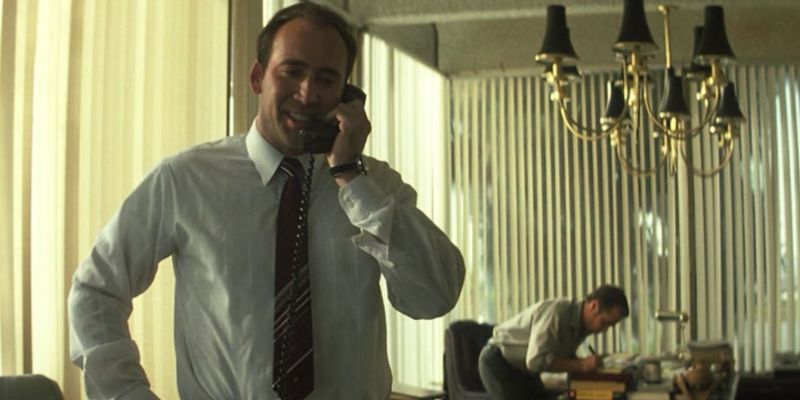
Fresh out of grad school for clinical psych, you can…
Whenever I watch a Nicholas Cage movie I feel myself expecting to see a certain eccentricity in his performance. His over the top outbursts or erratic body movements distance away from more serious tones and instead cross over into that of slapstick comedy. Cage’s acting has always entertained me, yet my ironic enjoyment often makes it hard to take his characters seriously. So as I sat down to watch his portrayal of an obsessive-compulsive con artist, I was a tad bit worried that he may inadvertently insult members of the mental health community through an exaggerated performance.
Upon finishing Matchstick Men I realized that Cage’s behaviors instead found an interesting outlet in the character of Roy Waller. Every eye twitch, head jerk, and irrational behavior that I’ve attributed to Cage’s acting repertoire reflected the struggles of those diagnosed with obsessive-compulsive disorder (OCD). However, even though his physical movements seemed to properly reflect the symptoms of the diagnosis, I had to question whether Cage’s performance was an accurate portrayal of someone with OCD or just another one of Hollywood’s attempts to cash in on a pop-psychology definition.
Reel Struggles
Even though we see the character of Roy Weller relatively put together during the beginning of the film, it’s apparent as screen time runs on that he’s a troubled individual. He seems just barely holding his life together as he quickly loses composure if his routines are altered in the slightest. Roy also relies on multiple chemical coping strategies such as antidepressants and nicotine just to get through the day. When these crutches are not available he will break down into a panic attack and can be found carefully combing his carpet fibers or anxiously breathing into paper bags to steady himself.
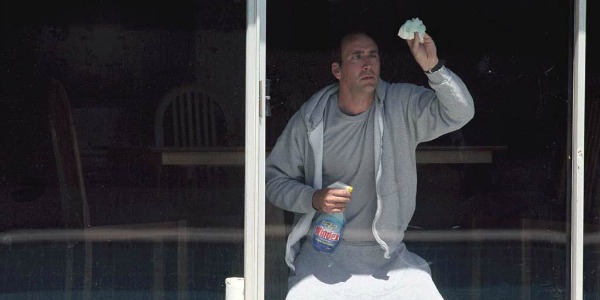
The irony is that his choice of work is often chalk full of stress, as he lies, steals, and cons his way into people’s bank accounts. As a con artist, he must meticulously plan everything so that there are no surprises when his heist is in motion. One could even argue that his work is the ultimate method for him to feel in control of the world around him as he orchestrates the lavish lies he tells his clients. However, when the world begins to surprise him in the form of a long lost child suddenly re-entering his life, the audience witnesses Roy’s steps towards recovery as he opens himself up to a healthier lifestyle.
We’ve seen this formula before. Man establishes his comfortable (yet lonely) routine, a long lost child comes into his life, conflict occurs, yet their experiences together eventually help the man realize he wants to change his ways… While Matchstick Men touches on all these points, it does so with a proper representation of those suffering from obsessive-compulsive disorder (while also managing to sneak in an unexpected ending).
Am I in control?
In numerous surveys on individuals with OCD, psychologists have been able to pinpoint the three most common obsessions exhibited by their clients: germs, safety, and death. Roy’s character demonstrates many behaviors that seem to suggest his obsession with these three categories. For germs, Roy frequently cleans objects or avoids touching surfaces. This is textbook behavior for individuals with OCD as the thought of germs being on their hands can bring about intense anxiety and even lead to behaviors such as excessive hand washing or laborious deep cleaning.
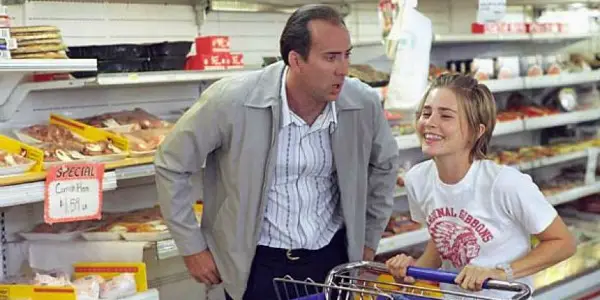
Roy also ruminates about safety as he checks that doors are locked or anxiously watches his back when in public places. As far as phobias go, Roy mentions agoraphobia as his main reason for avoiding outdoors and even though this is a commonly used definition of the disorder, his psychiatrist actually informs him of a more accurate translation.
Instead of agoraphobia meaning fear of open places, it’s actually a fear of places and situations that might cause panic, helplessness, or embarrassment. For Roy, this is the outdoors. Roy feels the need to be in control and when there are too many unknown variables, he begins to panic. The reason for his curtains always being closed and the reason we never see him enjoying his pool or outdoor patio is because he feels unsafe in an environment that he cannot control. So to better feel safe, Roy attempts to control other aspects of his life, such as what he puts into his body.
When there’s smoke, there’s…
Throughout the film it’s hard to find a scene in which Roy is not smoking cigarettes. These scenes are not just there by happenstance, but actually tell a very important story about Roy’s attempt to control his disorder. It’s common for individuals struggling with mental health disorders to smoke as means of relieving stress and anxiety. However for those with OCD, it can also provide a more societally accepted coping mechanism.
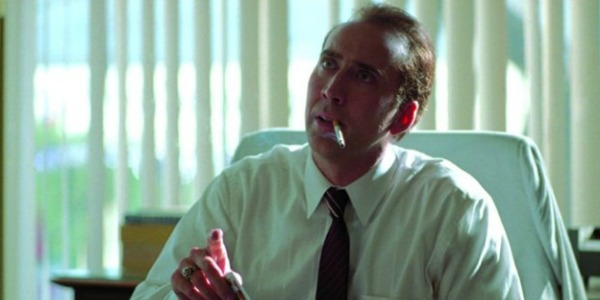
While obsessions are directed towards thoughts, the other half of the disorder is made up of compulsive behaviors; actions that may not always make sense but relieve the anxiety of individual. These compulsions can sometimes be very bothersome as they draw unwanted attention to the individual. Actions such as rocking in place, repetitive pacing, or even picking things up to move them are distracting and can be embarrassing for those with OCD. Smoking a cigarette provides a multi-faceted coping mechanism as not only an outlet for these repetitive behaviors, but also a chemical method for easing the stress associated with obsessive thinking.
Final Verdict
Now, this is not to say that all individuals with the disorder mirror Roy Weller’s thoughts or behaviors – a disorder is different for every person. However, the overall themes of irrational obsessions or erratic repetitive behavior are solid representations of the symptoms experienced by those with OCD. Even his stress and anxiety around his symptoms and the over-reliance on unhealthy coping strategies are common for those with an anxiety disorder. I feel that his behaviors, discussions with his therapist, and even the way others view his disorder are decent representations of the real thing and this film does a relatively good job at trying to balance entertainment and education for said disorder.
Which film do you believe does justice to mental health?
Does content like this matter to you?
Become a Member and support film journalism. Unlock access to all of Film Inquiry`s great articles. Join a community of like-minded readers who are passionate about cinema - get access to our private members Network, give back to independent filmmakers, and more.
Fresh out of grad school for clinical psych, you can find Russell at any local market place next to the vendors that sell pairs of socks, as he nit-picks the psychology within movies. He enjoys long walks on the beach, candle light dinners, and systematically analyzing the first two in order to draw trivial correlations. But hey, who said science can't be sexy?

